Moving Citrus outside and repotting
infomofo
13 years ago
Related Stories

GARDENING GUIDESHow to Keep Your Citrus Trees Well Fed and Healthy
Ripe for some citrus fertilizer know-how? This mini guide will help your lemon, orange and grapefruit trees flourish
Full Story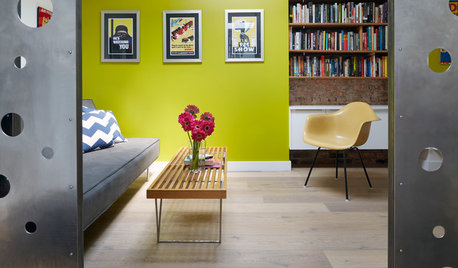
COLORColor of the Week: 10 Tangy Ways with Citrus Green
Add some zest to your home with a little — or a lot of — lively lime
Full Story
GARDENING AND LANDSCAPINGCitrus 101: Start Your Own Backyard Orchard
This Earth Day Weekend, Add Some Green, Style and Deliciousness to Your Landscape
Full Story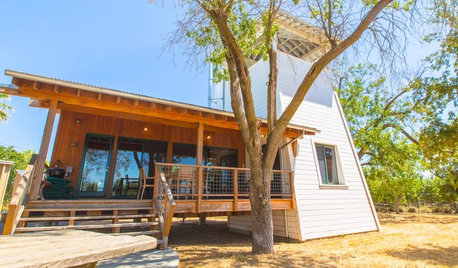
HOUZZ TOURSHouzz TV: See a Modern Family Farmhouse That Can Pick Up and Move
In the latest episode of Houzz TV, watch California architect build a beautifully practical cabin to jumpstart his parents' new farm
Full Story
DECORATING GUIDESSingle Design Moves That Make the Whole Bedroom
Take your sleeping space from standard to extraordinary in one fell swoop
Full Story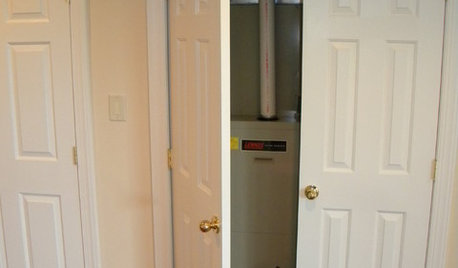
MOST POPULARA First-Time Buyer’s Guide to Home Maintenance
Take care of these tasks to avoid major home hassles, inefficiencies or unsightliness down the road
Full Story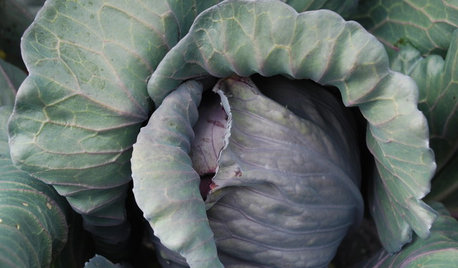
DECORATING GUIDESNature’s Color Wisdom: Lessons on Green From the Great Outdoors
Green will grow on you for interiors when you look outside for ideas on how to use it
Full Story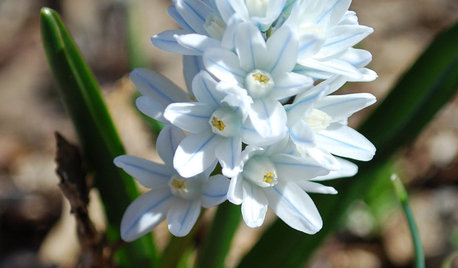
GARDENING GUIDESRocky Mountain Gardener's March Checklist
Ride out fickle weather by forcing flowers, planning indoors and heading outside to spot blooming bulbs when you can
Full Story
DECORATING GUIDESHow to Get Authentic French Style in Your Home
Move over Shabby Chic and French Provincial. These myths and realities reveal the real look of French decor
Full Story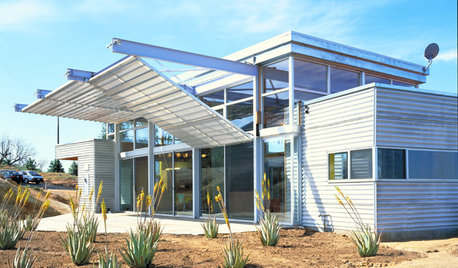
ARCHITECTUREDesign Workshop: Kinetic Architecture
Industrial techniques achieve the sublime in these 5 examples of mechanical walls that move
Full Story

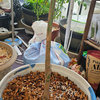
cebury
don_in_ct
Related Professionals
Ilchester Landscape Architects & Landscape Designers · Milwaukee Landscape Architects & Landscape Designers · Otsego Landscape Architects & Landscape Designers · Prairie Ridge Landscape Architects & Landscape Designers · Cliffside Park Landscape Contractors · Gallatin Landscape Contractors · La Vista Landscape Contractors · Leicester Landscape Contractors · Mastic Beach Landscape Contractors · Maywood Landscape Contractors · South Farmingdale Landscape Contractors · West Chicago Landscape Contractors · West Palm Beach Landscape Contractors · Maple Heights Landscape Contractors · Hueytown Landscape Contractorsmeyermike_1micha
don_in_ct
don_in_ct
User
greenman28 NorCal 7b/8a
meyermike_1micha
don_in_ct
wells